Picture of Apollo 4 launch.
NASA
Apollo
To learn more about a specific mission from the Apollo program, the most successful and expensive space program in human history, select one of the links below:
You might also be interested in:

How did life evolve on Earth? The answer to this question can help us understand our past and prepare for our future. Although evolution provides credible and reliable answers, polls show that many people turn away from science, seeking other explanations with which they are more comfortable.
...more
The Apollo space program, scheduled for its first launch on Feb. 21, 1967, started in tragedy. On Jan. 27, 1967, astronauts Gus Grissom, Ed White, and Roger Chaffee were practicing for launch when fire
...more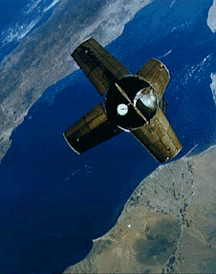
The Apollo 7 mission was launched on Oct. 11, 1968, carrying astronauts Walter Schirra, Jr., Donn Eisele, and Walter Cunningham on board. It was a success, giving NASA and the Apollo space program much
...more
Powered by the Saturn V rocket, later used by Apollo 11, Apollo 8 was launched on Dec. 21, 1968. Astronauts Frank Borman, James Lovell, Jr., and William Anders became the first humans to travel to the
...more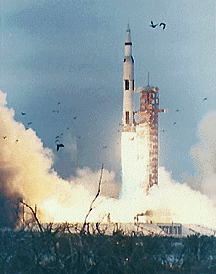
The major goal of the Apollo 9 mission was to conduct the first tests of the Lunar Module and other equipment which would bring future astronauts to the Moon's surface. Apollo 9 lifted off on Mar. 3, 1969,
...more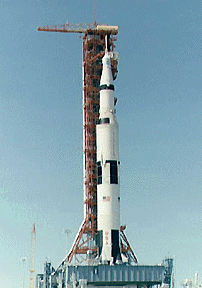
Apollo 10 was launched on May 18, 1969, carrying astronauts Thomas Stafford, John Young, and Eugene Cernan. It served as a "dress rehearsal" for the Apollo 11 lunar landing mission which followed a month
...more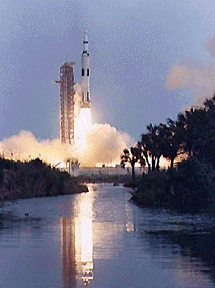
After the Apollo 1 fire, NASA suffered its second failure in the Apollo program with their thirteenth space mission. Apollo 13 was launched on Apr. 11, 1970, carrying astronauts James Lovell, John Swigert,
...more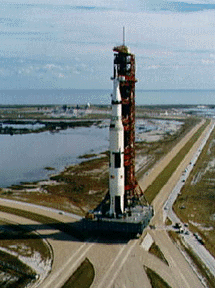
Astronauts Alan Shepard, Stuart Roosa, and Edgar Mitchel were launched from Earth on Jan. 31, 1971 aboard Apollo 14. Their mission was to land on the Moon and carry out experiments on it surface, similar
...more









